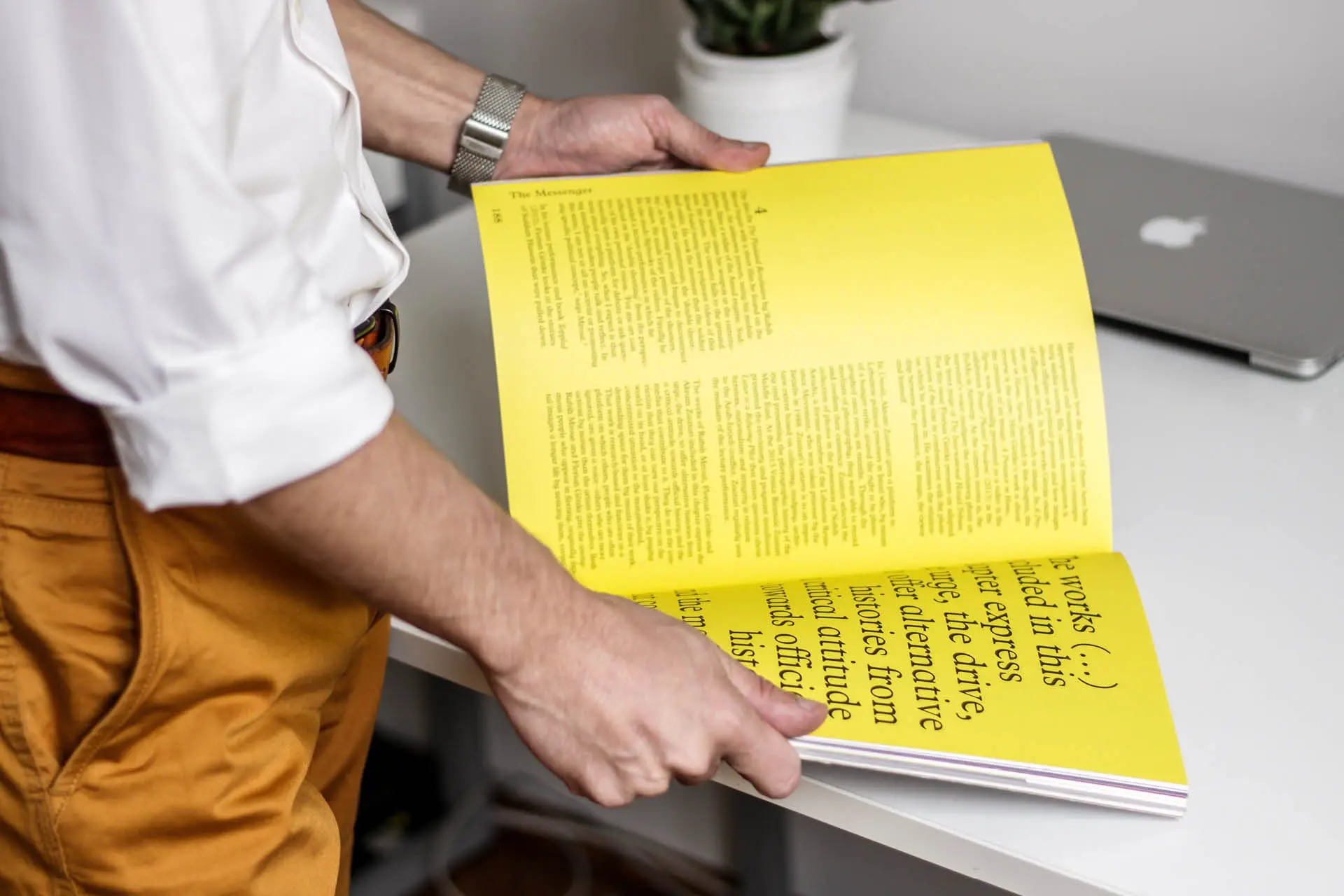New printing methods
Inkjet Printing
Inkjet has become the most common household printing solution and is a practical purpose for small print runs and is available to the general public at an affordable cost. The process involves a printer that communicates digitally with a computer and physically sprays the ink onto the paper. Liquid ink produces a higher resolution for better-blended imagery and is best suited to photography and high-quality pictures.
Best for:
- Art
- Photography
- Colourful work
Advantages of Inkjet
- Image quality
- Low Cost
- No warm-up time
Laser Printing
Once inkjet came, then followed Laser Printing. This advanced method produces high quality images by passing a laser beam back and forth over a negatively charged cylinder within the printer. It then collects electrically charged powdered ink to transfer the image to the paper. Laser printing is best for detailed typography and prints at a much quicker speed to its inkjet counterpart – able to print multiple versions in record time.
Best for:
- Text heavy documents
- Typography
- Drawings
Advantages of Laser
- A laser printer can produce pages more quickly than an inkjet printer can.
- Toner costs for a laser printer are less per page than replacing inkjet printer cartridges.
- A laser printer is generally quieter than a low-cost inkjet printer.
- Text and line graphics are extremely crisp.
Essentially, as long as the printer has digital capabilities it can receive documents connected to a computer, network or printed wirelessly. While the quality has increased dramatically since its introduction, some digital print devices leave customers frustrated and not quite what they were expecting. Here at Galloways, our litho and digital print departments are calibrated to the same colour standards meaning we can cross between output mediums with relative ease depending on the project. Digital print does not require unique individual plates, you can quickly produce different designs at a lower cost. These interchangeable shorter runs are ideal for digital printing.
Advantages of Digital Printing:
- Setup costs are lower for short runs
- Print only the amount you need, when you need it
- Lower minimum quantities
- Personalised print
- Variable data capability for mail merges (names, addresses, etc)
Whilst not strictly a ‘printing’ method, our web to print department has grown significantly in recent years particularly with more people working remotely and not as connected to their teams. Our web2print platform allows your digital assets to be held in the cloud for you to print at your most convenient. You can access the platform through a web browser where you can see your library of your business’ branded files to make the ordering process as quick and easy as possible. You can see live-stock reports at any time, proofing jobs instantaneously and order your print 24/7. Once ordered, depending on how your account is set up, we will either output your job via our litho, digital or wide format print department.
You can now produce stunning results up to a maximum of 1300 cm in width, up to almost any length your business could ever require. Our state-of-the-art wide format printer is capable of printing onto an extensive list of materials, including textiles, plastic films or foil and on a wide range of paper.
